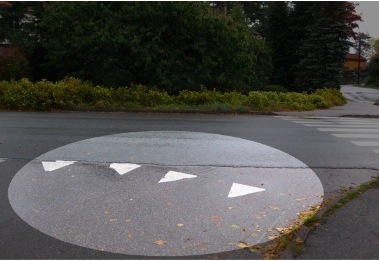Daddy, What's a Mouse?
 Saturday, January 30, 2010 at 5:44PM
Saturday, January 30, 2010 at 5:44PM "Daddy, what's a mouse?"
"It's something that we used to point at objects on a computer screen"
"Just one thing at a time?"
"Yes honey."
"Wow! But how did you do this?"
[She resizes a square with two fingers and then touches the others to propagate the change]
"Well…in the past it was different. First you need to select all the objects you were interested in, by clicking in a space nearby, then dragging an imaginary rubber band around them all. If they weren't next to one another, then you needed to hold down Command on the keyboard while you clicked on each one. Then you would adjust the size of them with a separate control panel at the side of the screen. Or you might size one how you want, then press Command+C to copy, then Command+V to paste the squares…… are you listening?"
"No, sorry Daddy, that's all too technical for me. I don't know how you remembered all that in the old days!"
In the future, our children will all use rich multi-touch devices. They will look at the mouse & keyboard combination in the same way we today look at the Command Line Interface.
 Keith Lang |
Keith Lang |  9 Comments |
9 Comments |  CLI,
CLI,  Multitouch,
Multitouch,  Touch,
Touch,  future,
future,  iPad,
iPad,  interaction in
interaction in  future
future 
 Technically speaking, I'm guessing Sony's new controller uses refined version of existing technologies including image-tracking of the round wand-top, Wii-like accelerometers and potentially 3D radio telemetry. At at guess, the slightly-dorky sphere helps Eyetoy differentiate between wands, and the wands from the background by a imperceptible synchronized flicker. What I do like about this type of system is it's low-latency and high precision, which according to the video is "sub millimeter". What I don't like about the system is that it still needs to makes guesses about how you're holding the device, and so your avatar/character may not be displayed to match.
Technically speaking, I'm guessing Sony's new controller uses refined version of existing technologies including image-tracking of the round wand-top, Wii-like accelerometers and potentially 3D radio telemetry. At at guess, the slightly-dorky sphere helps Eyetoy differentiate between wands, and the wands from the background by a imperceptible synchronized flicker. What I do like about this type of system is it's low-latency and high precision, which according to the video is "sub millimeter". What I don't like about the system is that it still needs to makes guesses about how you're holding the device, and so your avatar/character may not be displayed to match. Doubtless, the
Doubtless, the 



